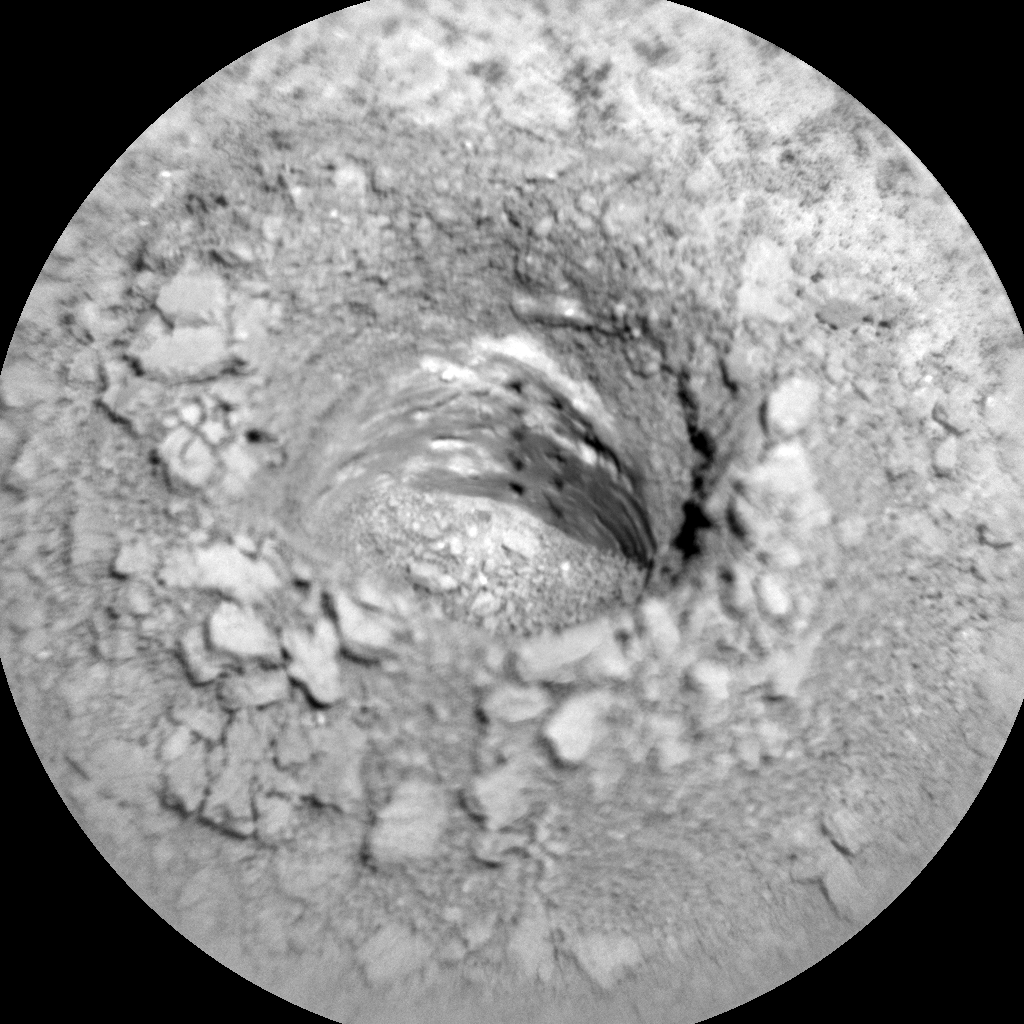2 min read

Coming into planning today, we had to be mindful of power after the energy intensive delivery of the Maria Gordon drilled sample to SAM and the Evolved Gas Analysis (EGA) of that sample, currently taking place on Mars. While we wait for the results of the SAM EGA, we are continuing to survey the stunning terrain around us as we transition from clay-bearing to sulfate-bearing rocks. ChemCam will analyze the chemistry of a rough textured bedrock area, “Ruby Bay” and Mastcam will acquire a supporting documentation image of the same target. The remaining activities in this single sol plan are the standard REMS, RAD and DAN measurements, and Mastcam and Navcam environmental observations.
As the APXS Payload Uplink and Download Lead, it has been a quiet day, with no arm or APXS activities permitted until we dump the drill sample. I made sure that APXS was healthy by checking the downlink and then focused my attention on some features that we hope to analyze as we drive away from this location. By pre-planning desired observations, we can streamline the tactical process for when we eventually attempt the desired measurement.
We are all eagerly awaiting the results of the SAM EGA. Based on those results, the SAM team will decide if they want to perform a Gas Chromatography Mass Spectrometry analysis, or if we will proceed with dumping the sample. If we dump the sample, we hope to drive away from Maria Gordon next week.
Written by Lucy Thompson, Planetary Geologist at University of New Brunswick







